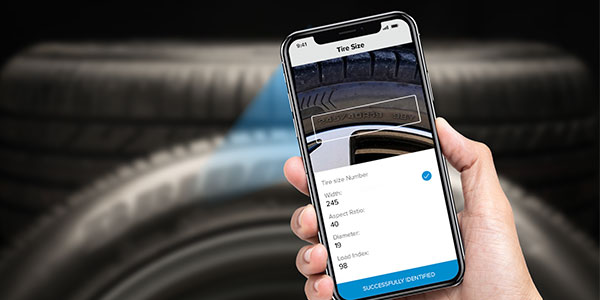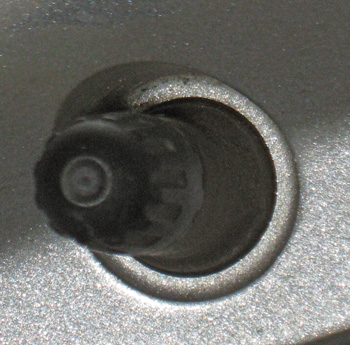
Several States Declare April As ‘Car Care Month’
Several governors across the country have declared April as Car Care Month in their respective states, urging their residents to be car care aware and perform the service necessary to ensure their vehicles are operating in a safe, efficient and clean manner.
Several governors across the country have declared April as Car Care Month in their respective states, urging their residents to be car care aware and perform the service necessary to ensure their vehicles are operating in a safe, efficient and clean manner.
The following governors have issued official state proclamations that April is Car Care Month: Gov. Robert Bentley of Alabama, Gov. John Hickenlooper of Colorado, Gov. Pat Quinn of Illinois, Gov. Rick Snyder of Michigan, Gov. Susana Martinez of New Mexico, Gov. John A. Kitzhaber, M.D. of Oregon, Gov. Nikki R. Haley of South Carolina, Gov. Bill Haslam of Tennessee, Gov. Peter Shumlin of Vermont and Gov. Earl Ray Tomblin of West Virginia.
“We want to thank these governors for officially proclaiming April as Car Care Month,” said Rich White, executive director, Car Care Council. “Car Care Month provides a unique opportunity for the auto care industry and the government to educate car owners on the importance of proper vehicle care. Motor vehicle safety continues to be a major focus for state legislatures and regulatory agencies across the country, so we commend each of the governors for making these important proclamations.”
Spring is the perfect time for motorists to make sure their vehicles are running reliably after a rough winter and before the summer driving season begins. Many independent repair shops and community organizations throughout the country will conduct car care events during April. These events have revealed that three out of four vehicles inspected are in need of some type of maintenance or repair.
The non-profit Car Care Council offers many free tools on its website to help consumers drive smart, save money and be more environmentally friendly, including the popular 60-page Car Care Guide and a custom service schedule and email reminder service.
“By following a service schedule and performing preventative vehicle maintenance, motorists can ensure that their vehicles are safe and dependable. Plus, auto care can help save money in many ways, including reducing fuel consumption and extending vehicle life,” continued White. “We encourage all car owners across the country to get their vehicles inspected this April.”
Intake Manifold Gaskets: A Service Rundown
Back in the days when most
Monroe “Quick Rewards” Program Offers Incentives For Sales Of Monroe Quick-Strut Assemblies
Tenneco’s Monroe brand will offer an incentive to counterpeople for the sale of popular, ready-to-install Monroe Quick-Strut premium replacement assemblies. The Monroe “Quick Rewards” scorecard promotion – available for sales between April 1 and May 31, 2014 – will reward participants with a $10 prepaid card for each pair of qualifying Monroe Quick-Strut units sold.

Three AGM, Gel Cell Battery Myths
Chances are if the battery is not under the hood, it is an absorbent glass mat (AGM) or gel cell battery. These batteries pack a lot of power for their size and weight, which allows manufacturers to shave off a few pounds from the vehicle. That’s a big reason why they are being found more and more on late-model vehicles. Here are three AGM/gel cell myths.
10 Toughest Cabin Air Filter Jobs
There are still many late model vehicles that are not easy to service, and they require a significant amount of disassembly to gain access to the filter. For your shop, this is billable labor. Here are the 10 toughest jobs according to the editors of Underhood Service.
Other Posts
Anyline Launches Tire Tread Scanner for Smartphones at SEMA
Using computer vision and AI, a 3D model of each tread is created, resulting in a precise digital measurement.
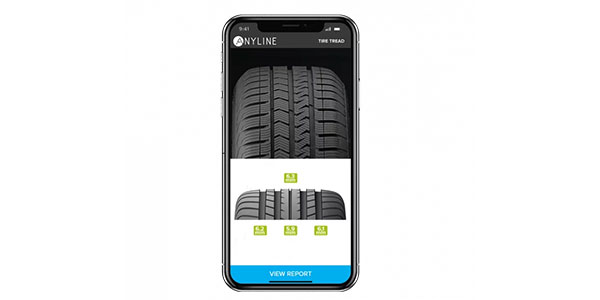
Lee Parks Design Psi Pro Tire Pressure Gauge
The PSI Pro’s flat-headed design easily mates with tire valve stems.
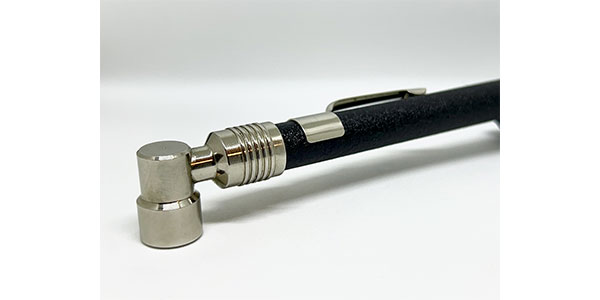
Lightweight Tire Frog Helps Install Wheels
The tool provides increased productivity for tire shops, saving time, money and keeping employees safe.
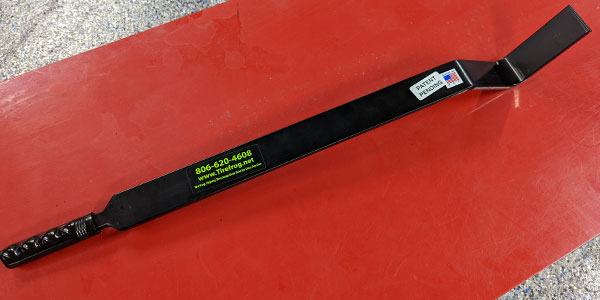
Anyline Launches Tire Size Scanning
By integrating tire size scanning into their e-commerce website, tire retailers can increase online sales.
